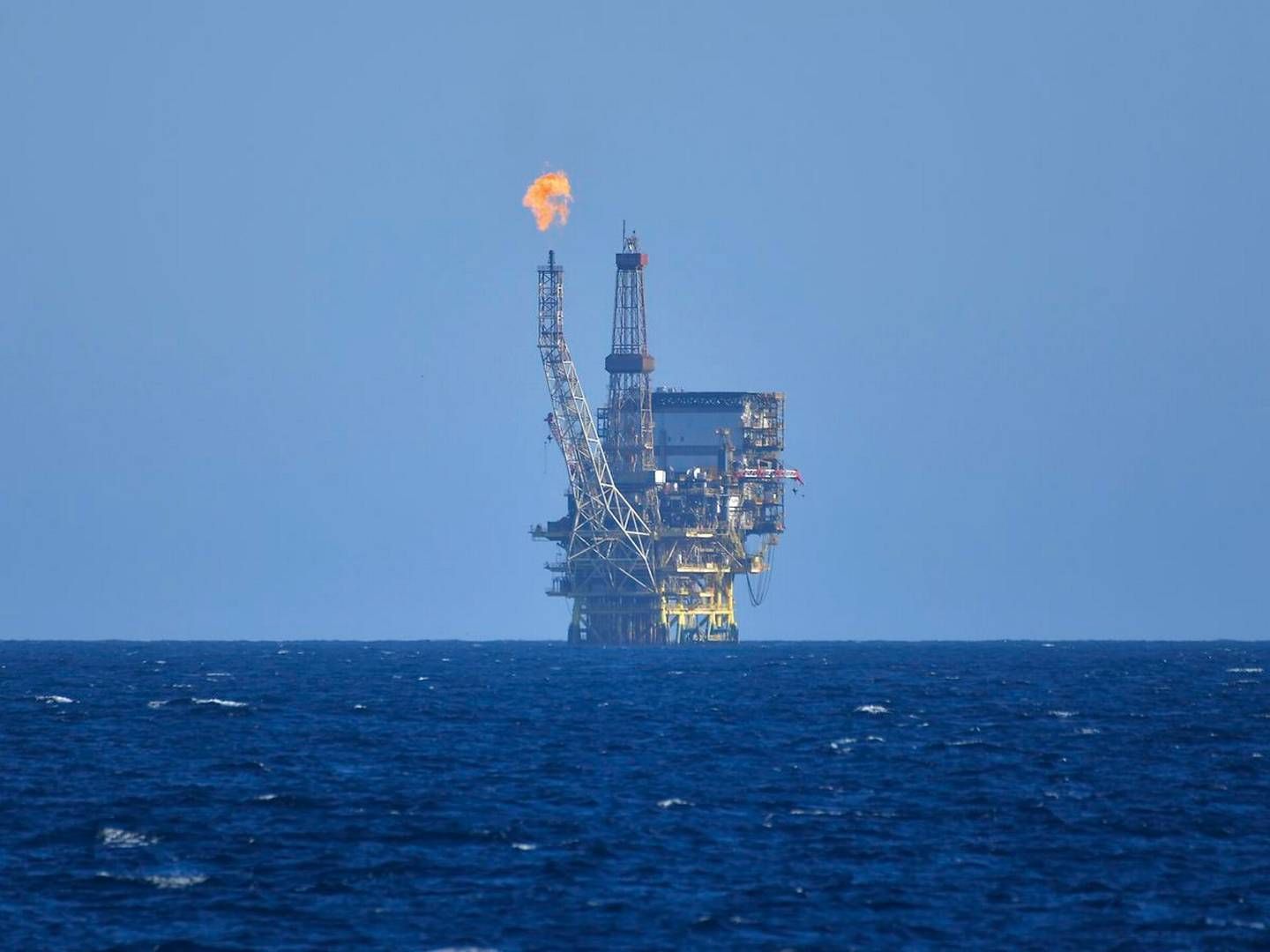Reduced oil supply sends prices soaring

Oil prices rise Wednesday morning after taking a substantial dip Tuesday after the International Monetary Fund downgraded its global economic growth forecast, resulting in general uncertainty about macroeconomic prospects.
A decrease of US oil inventories last week as well as less crude supply from Russia and Libya are factors behind surging prices Wednesday, reports Reuters.
A barrel of European reference oil Brent trades for USD 108.50 Wednesday morning against USD 108.70 Tuesday afternoon CEST. US benchmark crude West Texas Intermediate sells concurrently for USD 103.70 against USD 103.75.
Tuesday’s oil prices took a steep dive of roughly 5 percent, but from a high level.
Regarding supply, the market remains affected by China’s strict Covid-19 lockdowns and associated reduction of fuel demand. On the other hand, supply remains tight.
According to the news agency, the Organization of Petroleum Exporting Countries and its OPEC+ allies produced 1.45 million barrels less than the March output target.
Supply is impacted by fewer deliveries from Russia resulting from sanctions imposed on the nation after the invasion of Ukraine. Russia missed its production target of 10.018 million barrels per day by roughly 300,000 bpd, Reuters reports citing secondary sources.
Less output from Libya, now affected by a wave a political protests, is also hitting supply.
In the US, oil inventories decreased last week by 4.5 million barrels – contrary to a forecast rise, say sources to Reuters referencing figures from the American Petroleum Institute.
English edit: Daniel Frank Christensen
Oil set for best run this year on China’s vow, Libyan disruption



















